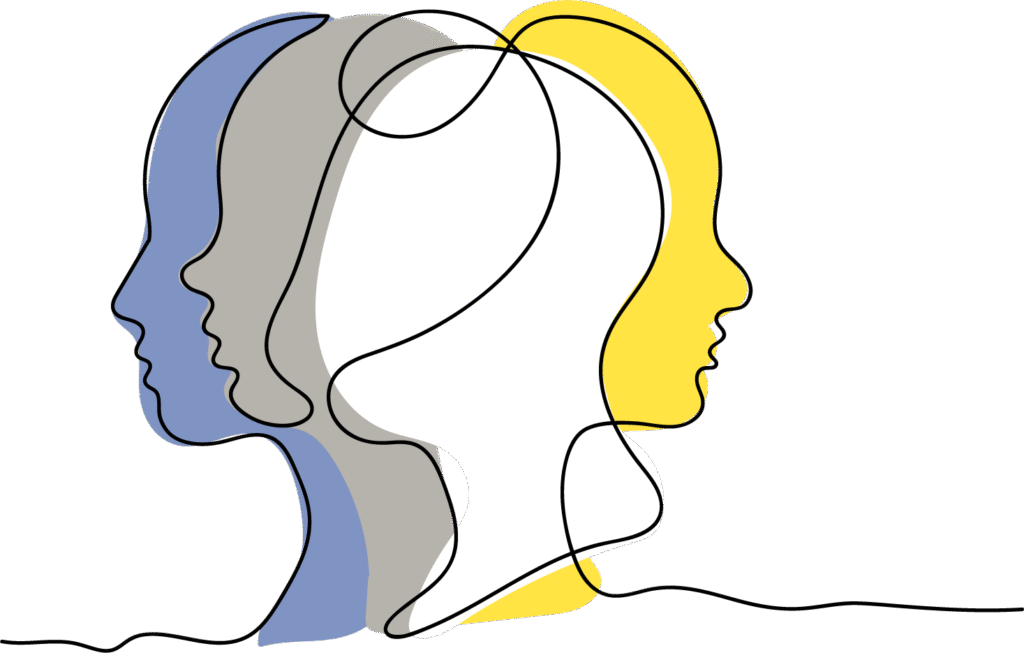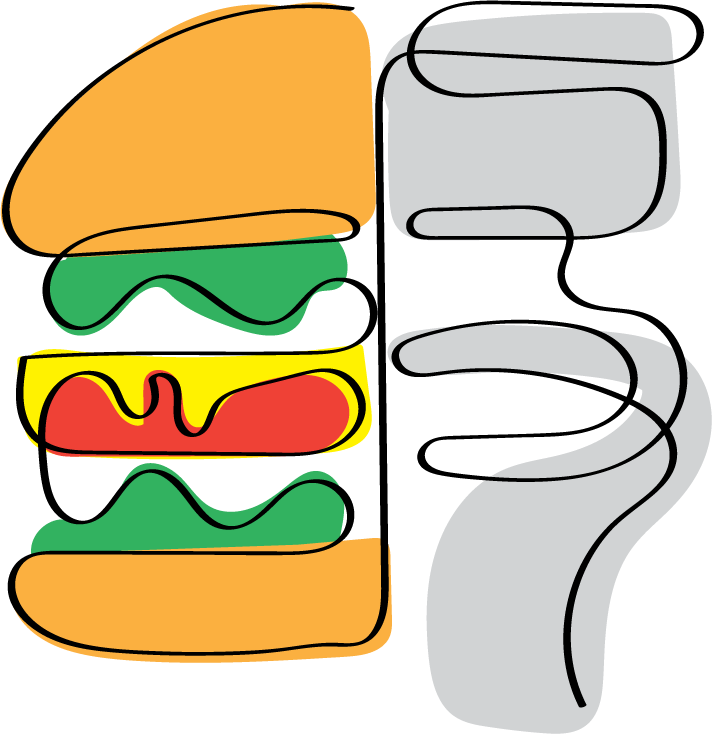This disorder is characterized by bingeing behaviors, defined as eating a large amount of food in <2 hours and the individual experiences a perceived loss of control.
Binge Eating Disorder is currently ranked as the most common eating disorder in the United States, impacting approximately 25% of individuals living in larger bodies.
This disorder is characterized by bingeing behaviors, defined as eating a large amount of food in <2 hours and the individual experiences a perceived loss of control.
Bingeing behaviors result in a significant level of distress (guilt, shame, regret) and/or physical discomfort. Binge Eating Disorder is distinguished from Bulimia Nervosa due to the absence of compensatory behaviors to mitigate the unwanted distress.
Bingeing behaviors are prompted by physical vulnerabilities, emotional vulnerabilities or both, presenting simultaneously.

Think you may be suffering from Binge Eating Disorder?
‘When our bodies are in charge, we make choices that help us to feel good, eating what we want, when we want’
– Lindo Bacon
People that are deemed to be in bodies that are “too big” have forever been encouraged to restrict their caloric intake to ‘take control’ and ‘manage’ their weight. When the body is in a chronic state of deprivation, bingeing will naturally occur.


People that are deemed medically overweight or obese have forever been encouraged to restrict their caloric intake to ‘take control’ and ‘manage’ their weight. When the body is in a chronic state of deprivation, bingeing will naturally occur.
Here are examples of what someone can experience in a binge-restrict cycle. Each person’s experience is unique and may look different from what is listed. The cycle can also begin anywhere.
